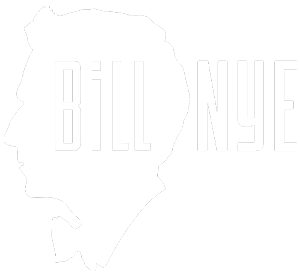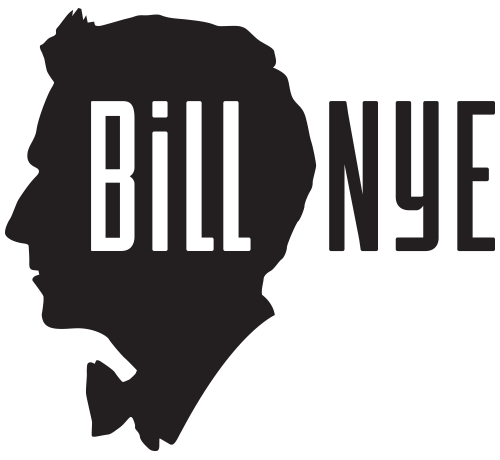Storms
Bill’s grabbing his galoshes and his slicker to weather the “Storms” episode.
Storms are big, loud, and often accompanied by rain, snow, sleet, or hail. Where do these wild, dangerous, and necessary tornadoes, hurricanes, and thunderstorms come from? Storms happen when huge different air masses collide. Along the border of these air masses, water vapor condenses into clouds, strong winds form, and the clouds rub against each other with the ground often becoming electrically charged waiting to send lightning bolts across the sky. What starts out as a placid summer day turns into two air masses boxing it out 10,000 meters up.
Many people don’t think of storms in terms of air masses and electrical discharges. They think of winds blowing houses to smithereens, hail destroying crops, rain flooding streets, lightning zapping trees, buildings, and golfers. Storms can remind you that nature is still in charge.
Maybe you’d rather move to another planet that doesn’t have hurricanes and tornadoes. Well, you can’t get away from storms, even on another planet. All planets with an atmosphere have their share of heavy weather. Compared to some of the other extreme storms in our solar system, earth’s hurricanes and tornadoes look like whirlpools in the bathtub!
Disaster or not, storms benefit us. The tropical regions of the Earth would be too hot to inhabit, and the sub-polar regions too cold, if we didn’t have hurricanes and typhoons to mix the Earth’s atmosphere and distribute the Earth’s heat so efficiently.
A good storm can sure put on a great show!
The Big Ideas
- Storms are extreme weather patterns.
- Storms are driven by heat from the Sun and the spin of the Earth.
- Storms happen on other planets as well as on Earth.
Did You Know That?
- Jupiter’s Great Red Spot is a 300 year old cyclone, and three Earths could nestle inside it?
- Lightning is MORE likely to strike the same places over and over again where it is easiest to zap through the insulating power of the air?
- The eye of the hurricane is so calm, that people often think that the storm is over when it’s still going full blast a few kilometers away?
Books of Science!
- “Eye of the Storm: Chasing Storms with Warren Faidley”by Stephen KramerG.P. Putnam’s Sons, 1997.
- “Hurricanes”by Sally LeeFranklin Watts, 1993.


